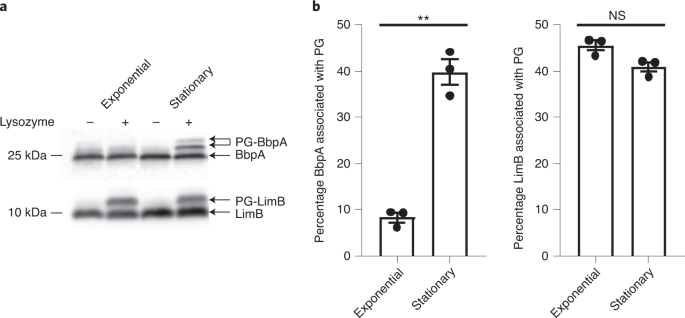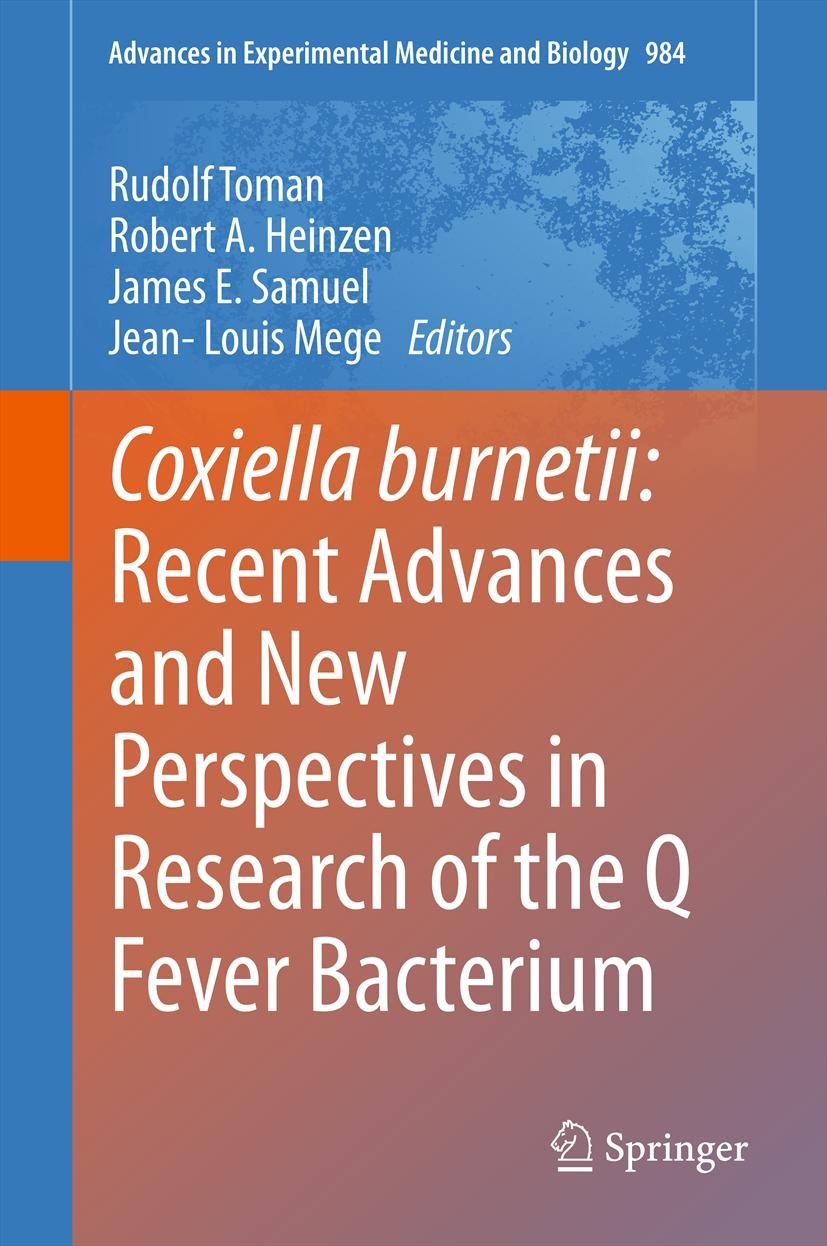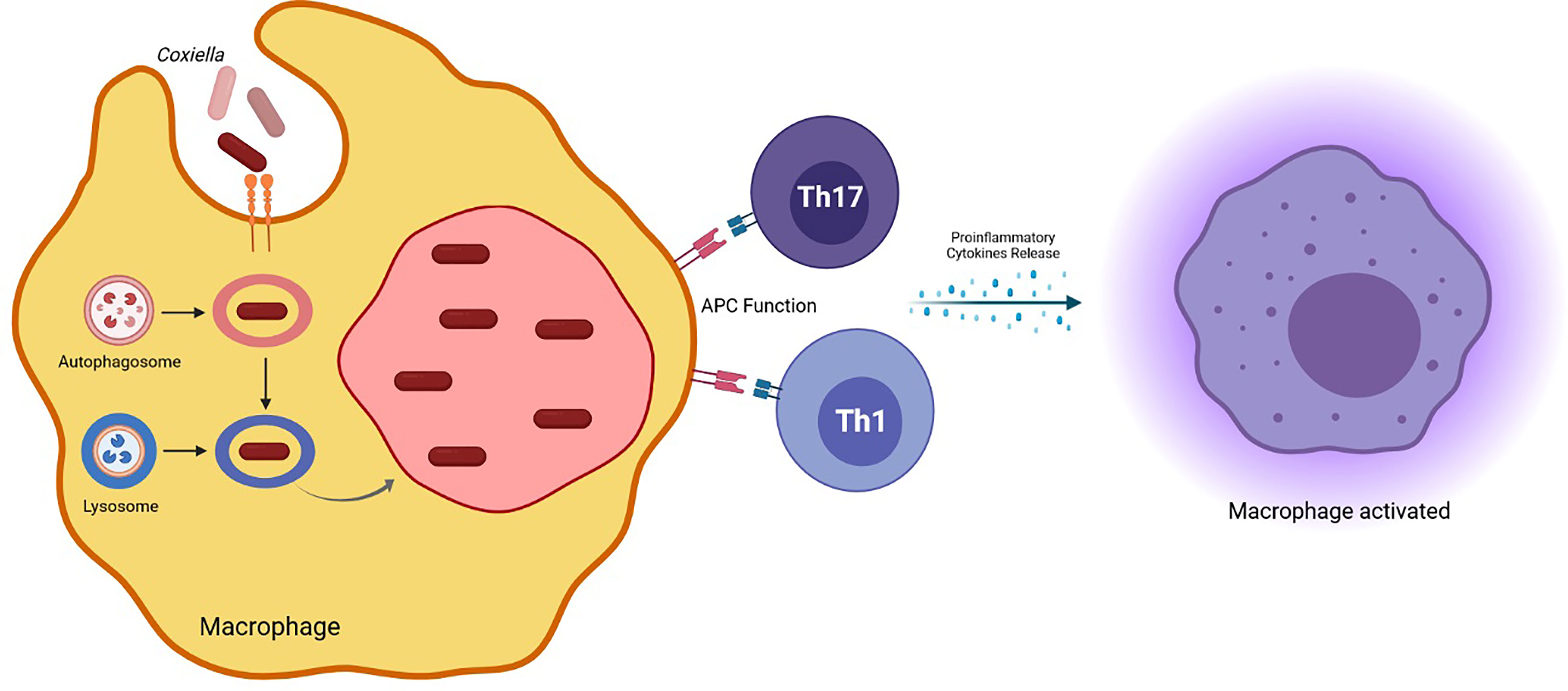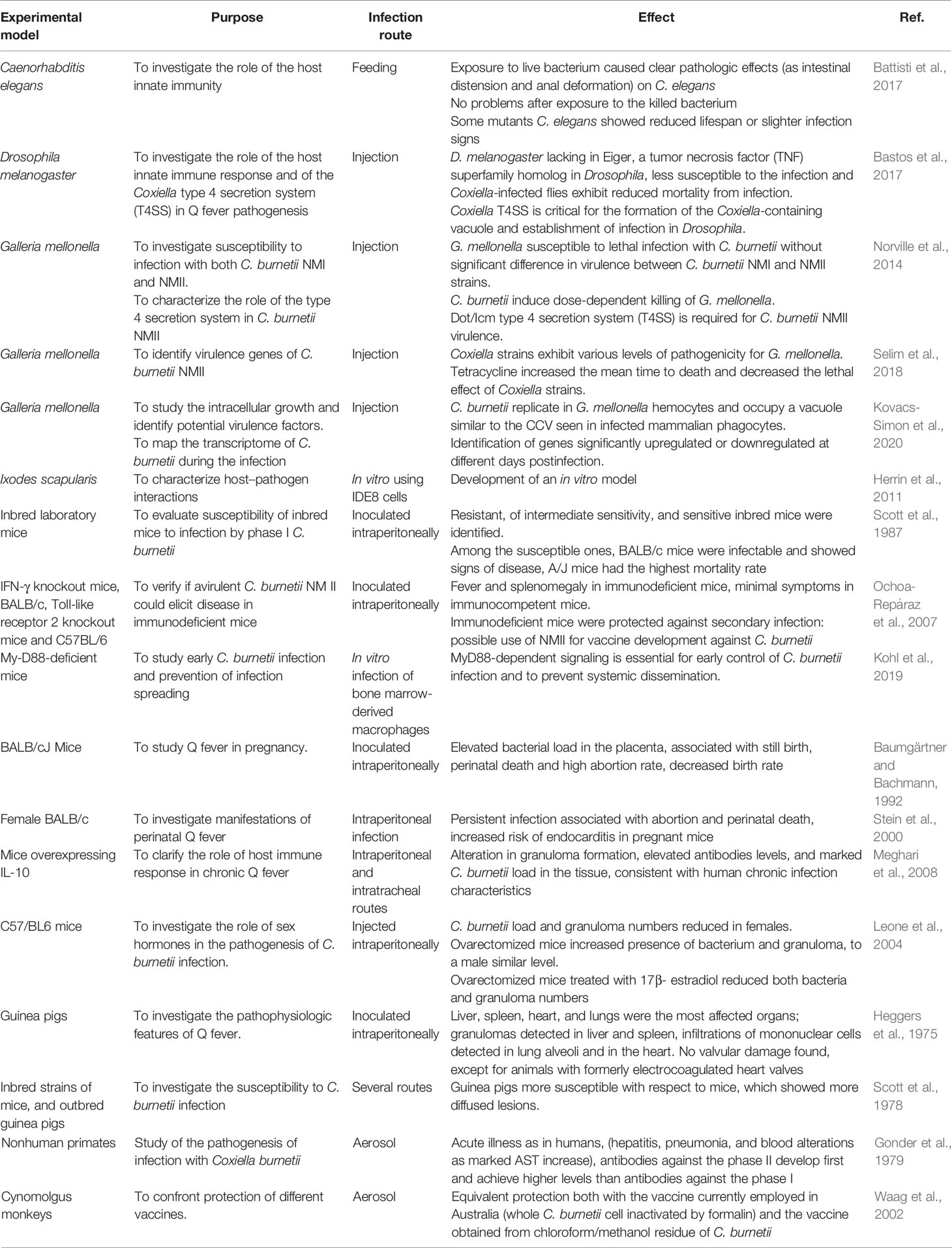
Structural features of LPS II from Coxiella burnetii in avirulent phase... | Download Scientific Diagram
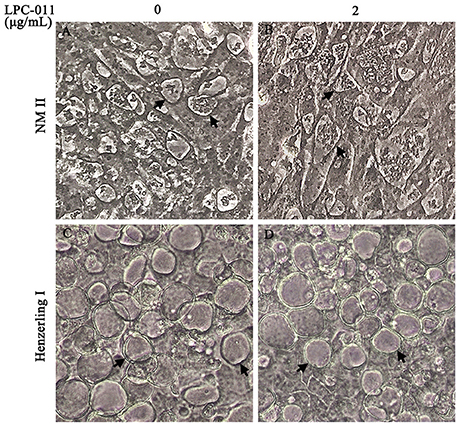
Frontiers | Lipid A Has Significance for Optimal Growth of Coxiella burnetii in Macrophage-Like THP-1 Cells and to a Lesser Extent in Axenic Media and Non-phagocytic Cells
Surfactant Protein D Binds to Coxiella burnetii and Results in a Decrease in Interactions with Murine Alveolar Macrophages | PLOS ONE
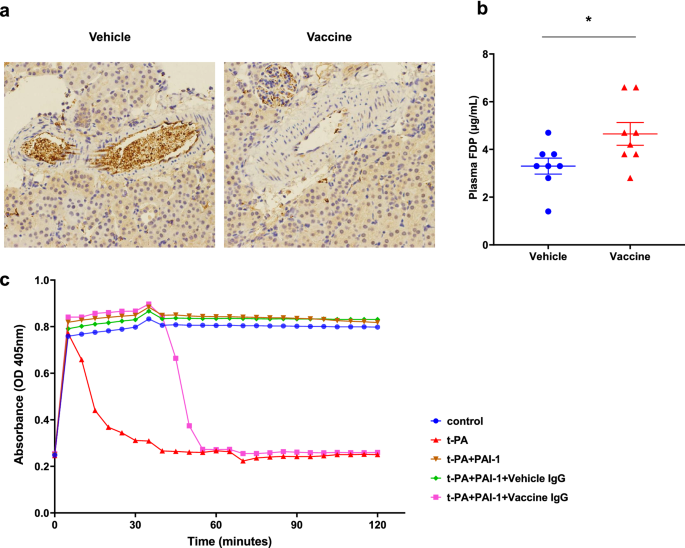
Plasminogen activator inhibitor 1 is not a major causative factor for exacerbation in a mouse model of SARS-CoV-2 infection | Scientific Reports
Truncation in the core oligosaccharide of lipopolysaccharide affects flagella-mediated motility in Pseudomonas aeruginosa PAO1 v
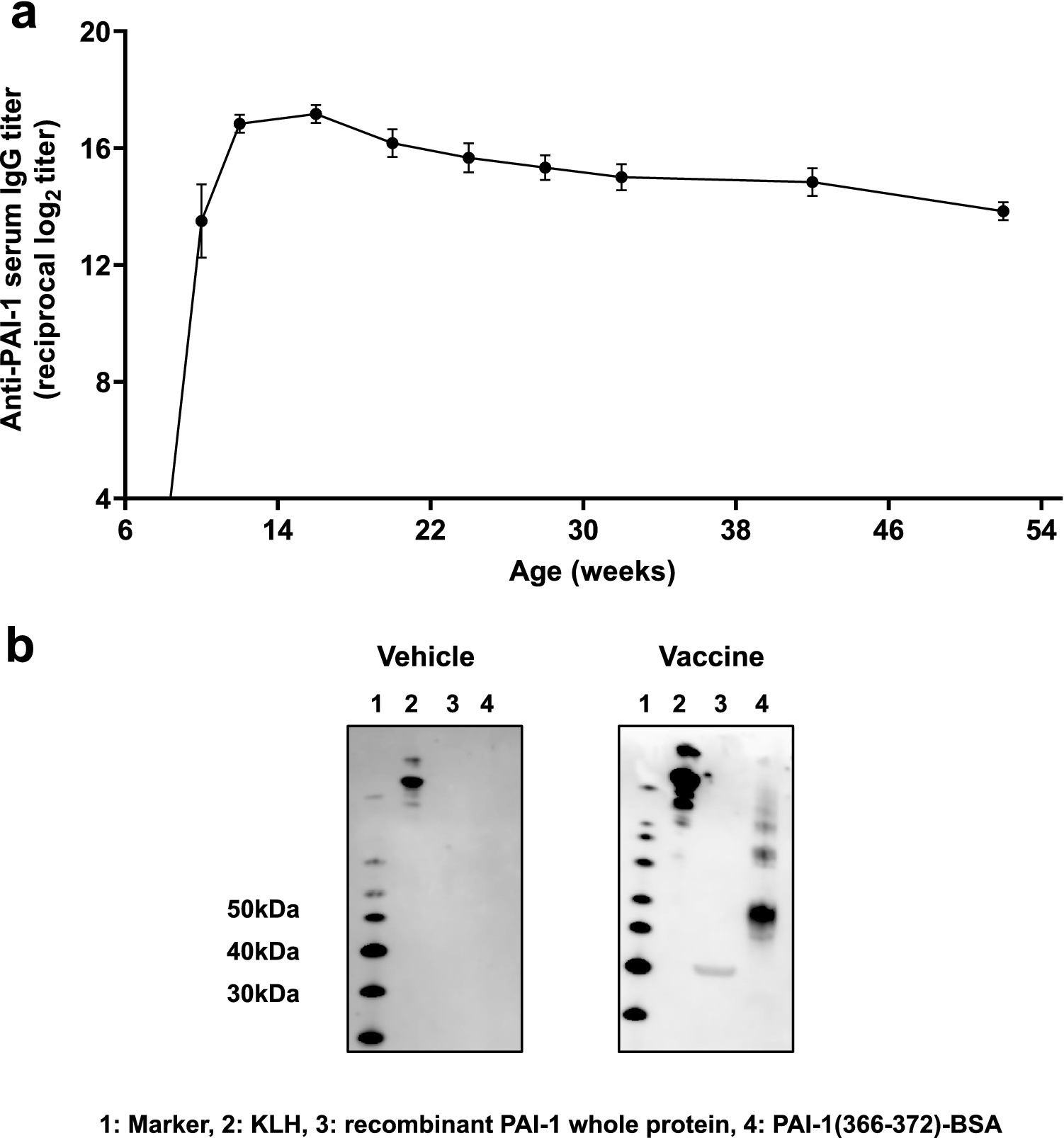
Plasminogen activator inhibitor 1 is not a major causative factor for exacerbation in a mouse model of SARS-CoV-2 infection | Scientific Reports

Biosynthesis of a Rare Di-N-Acetylated Sugar in the Lipopolysaccharides of both Pseudomonas aeruginosa and Bordetella pertussis Occurs via an Identical Scheme despite Different Gene Clusters | Journal of Bacteriology
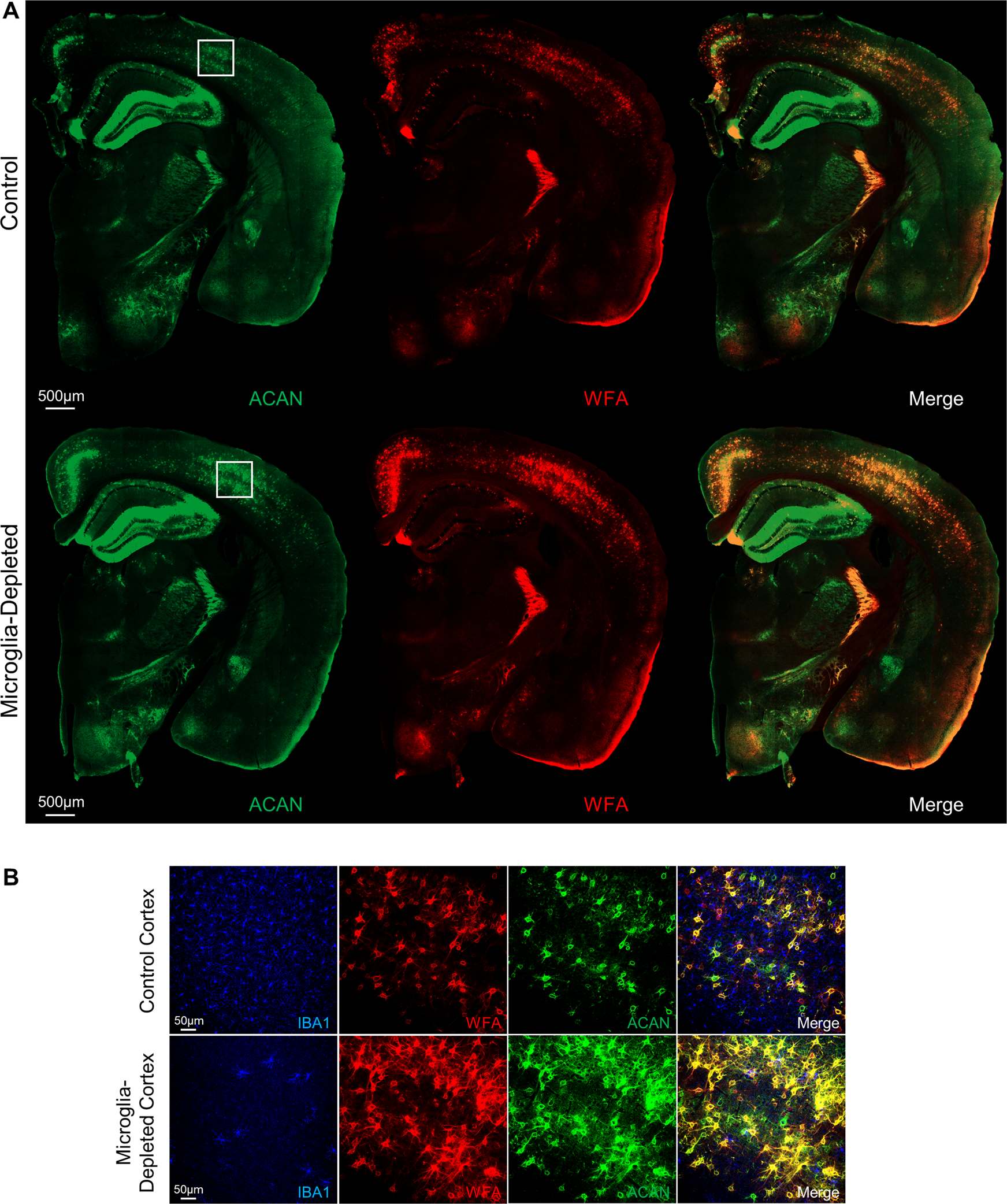
Microglia as hackers of the matrix: sculpting synapses and the extracellular space | Cellular & Molecular Immunology
Abrogation of Plasminogen Activator Inhibitor-1-Vitronectin Interaction Ameliorates Acute Kidney Injury in Murine Endotoxemia | PLOS ONE

Evidence that WapB Is a 1,2-Glucosyltransferase of Pseudomonas aeruginosa Involved in Lipopolysaccharide Outer Core Biosynthesis | Journal of Bacteriology

